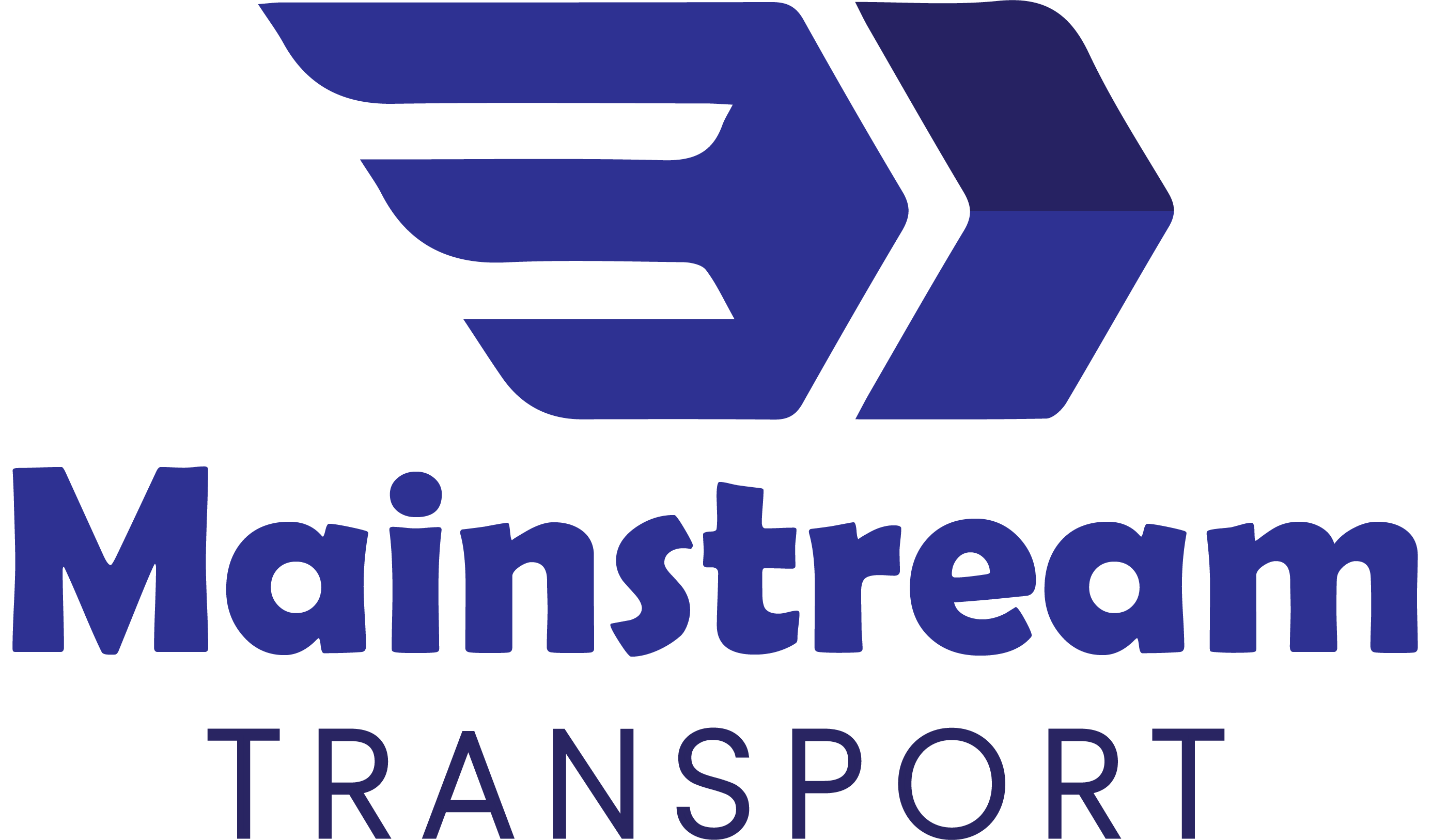1. Incorrect or Incomplete Labelling
Freight labels are critical. If your labels are wrong, missing, or unclear, your shipment could be misrouted, delayed, or lost altogether.
Common issues:
-
Missing delivery address or contact details
-
No “Fragile” or “This Side Up” markings
-
Using handwritten labels that fade or smear
Solution:
Always print clear, waterproof labels and include the sender’s and receiver’s full details, phone numbers, and handling instructions.
2. Incorrect Freight Dimensions and Weight
Under-declaring the size or weight of your freight is one of the fastest ways to incur unexpected charges — or have your freight refused at pickup.
Common issues:
-
Guessing the dimensions instead of measuring
-
Not accounting for pallets or packaging
-
Entering weight for one item instead of the full load
Solution:
Measure and weigh your freight accurately (including pallets). Most carriers use dimension scanners at depots, so it pays to be precise.
3. Inadequate Packaging
Poor packaging leads to damage in transit. Remember — freight travels long distances on trucks, often stacked or shifted between depots.
Common issues:
-
Using weak boxes or flimsy shrink wrap
-
Not securing freight to pallets
-
No cushioning for delicate items
Solution:
Use heavy-duty boxes, wrap items tightly, and secure goods on pallets with straps or wrap. Always over-protect rather than under-protect.
4. Not Understanding Delivery Options
Freight shipping isn’t one-size-fits-all. Failing to select the right type of delivery can cause issues, especially for residential or commercial addresses.
Common mistakes:
-
Choosing depot delivery for someone expecting door-to-door
-
Not arranging a forklift when required
-
Assuming the driver will unload manually
Solution:
Check whether your sender or receiver has a forklift or loading dock. Choose the right delivery type (tail-lift, depot, etc.) to avoid rebooking charges or failed deliveries.
5. No Transit Insurance
Standard carrier liability often isn’t enough to cover the full value of lost or damaged goods. Many businesses only realise this after a problem occurs.
Common mistake:
-
Assuming freight is fully insured by default.
Solution:
Consider transit insurance for high-value freight. Speak to your freight provider about cover options, or take out a standalone policy.
Wrapping Up
Freight shipping in Australia doesn’t need to be stressful. By avoiding these five mistakes — and partnering with a reliable transport provider — you’ll keep your goods moving smoothly and avoid costly surprises.
At Mainstream Transport, we help Aussie businesses ship smarter by offering expert advice, transparent pricing, and dependable freight solutions nationwide.
Need a quote or have questions about freight?
Get in touch with our friendly team today!

Leave a Reply